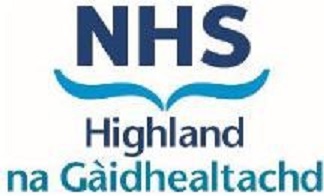All patients meeting any of the following criteria must have extra consideration to any pre-existing contraindications and unknown or uncertain medication history.
Inclusion criteria:
In order to be treated using symptomatic relief, patients must be:
- Inpatient in a NHS Highland service.
- Aged 16 years or older.
- Under the care of a medical practitioner.
- Prescribed ‘Symptomatic Relief’ by a prescriber.
- Senior Charge Nurse for the inpatient area is in agreement that the Symptomatic Relief Formulary may be used.
Exclusion criteria:
Patients meeting any of the following criteria must NOT be treated under symptomatic relief:
- Documented allergy to the medicine listed.
- Contraindication to the use of the medicine listed.
- Patient with pyrexia. NB paracetamol should NOT be used for anti-pyretic properties using symptomatic relief.

